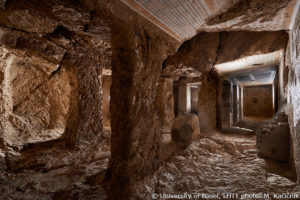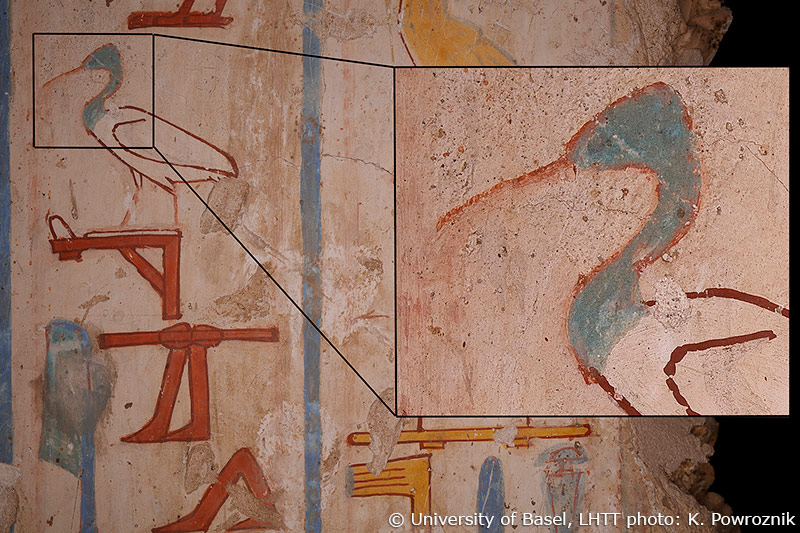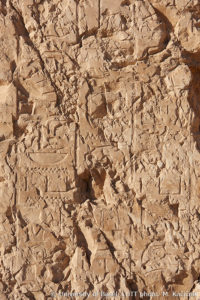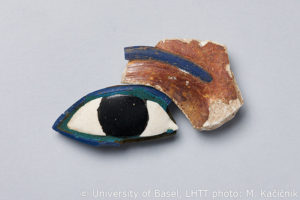Inhalte
Research
The focal points of our field research are:
- to determine the rock types into which the tombs were hewn and assess rock failures during the ancient excavation process and at later times
- to investigate the landscape and retrace the changes it had made from the moment the first tombs had been built until recent times
- to analyze construction procedures, techniques, sequences, and design and study their relationship with their natural and built environment
- to examine the material and visual aspects of the carved and painted decoration of the tomb
- to investigate relics from burial assemblages and occupational phases to understand their production, use(s), and final deposition and also to retrieve information on the human lives and deaths that were linked to these tombs at different times, despite their manifold heavy looting, based on material evidence.
LHTT investigates the evolution of the southwest part of Sheikh ‘Abd el-Qurna as a natural and anthropogenic landscape from its first use as a cemetery early in the 2nd millennium BC down to recent times. It explores ancient tomb planning and building strategies in relation to rock mass quality and focuses on variation in rock tomb construction reflecting negotiations between human agencies, nature, and objects. This project also seeks to extract information about burial practices and post-pharaonic occupation activities from archaeological deposits and to identify and re-assemble material groups from open contexts on the basis of archaeological, anthropological, and material analysis.








